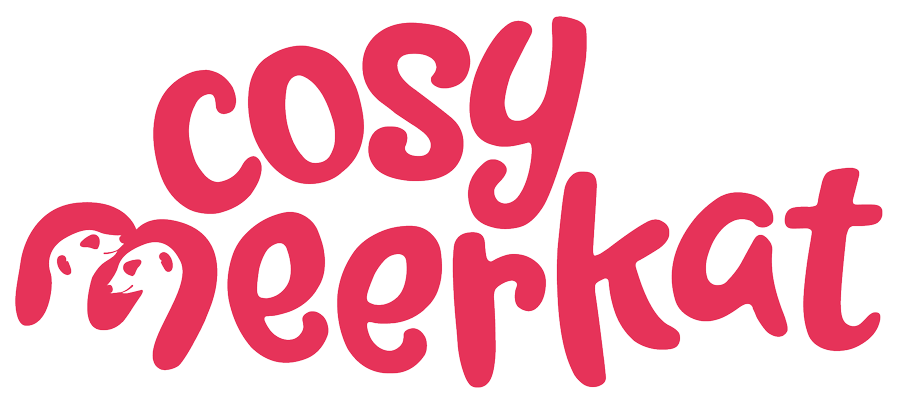Why hiring A-players isn't enough for organisational success
A-players - individuals renowned for their exceptional skills - are often considered the heroes of the workforce. And we can see why it could be really appealing to only hire A-players, like Stephen Bartlett does, he of Diary of a CEO and Happy, Sexy Millionaire fame.
Whilst we’re all pursuing excellence, trying to stand out in this, quite frankly, very competitive world, it's crucial to recognise that even the most talented individuals have their limitations. No one is perfect, and in a team setting, we think that collaboration, communication, and mutual respect are the most important attributes to look for.
So we’re very much behind the mindset of Paul Devoy, CEO of Investors in People, when he rightly points out in his article "Why Only Hiring A-Players Doesn't Guarantee Success," that this approach, although often valuable, is not a silver bullet for organisational achievement.
A-players, like everyone else, face challenges. They might struggle with teamwork, adaptability, or managing interpersonal relationships. Relying solely on their individual brilliance can create a fragmented work environment. For sustainable success, organisations must address these challenges through effective internal communication strategies. And it’s a huge reason why a team with a healthy mix of different people can sometimes work much better.
Instead of only hiring A-Players, what about using internal communications to transform a group of talented individuals into a high-performing team?
How can internal communications enhance overall team performance?
1. Fostering team collaboration
Effective and consistent internal communication acts as the glue that binds a team together. By promoting open dialogue and knowledge sharing, it enhances collaboration. It encourages ALL players to work seamlessly together, leveraging their skills and expertise for the collective benefit of the team.
2. Alignment of goals
Clear communication ensures that every team member, including A-players, understands the organisation’s objectives. When everyone is on the same page, efforts are joined up and this leads to more impactful work. Internal communications aligns individual aspirations with organisational goals, strengthening a sense of purpose within a team.
3. Employee engagement
Engaged employees are productive employees. We say this time and again! Internal communication initiatives such as regular updates, feedback mechanisms, and recognition programmes create an inclusive environment. Everyone thrives when their contributions are acknowledged, giving people and teams a sense of value and motivation.
Building a strong internal communication framework involves transparency, active listening, and inclusivity. We’re huge fans of Engage For Success’ four enablers - Strategic Narrative, Engaging Managers, Employee Voice and Organisational Integrity - to help with this. Instead of hiring only A-players, we think strength-based teams work best. Teams of people with different strengths helping each other move forward towards a common goal. Constantly bettering themselves. Aligning individual brilliance with a cohesive team effort is what propels organisations to success.
As leaders and employees, we need to recognise the multifaceted nature of talent and nurture it through communication, collaboration, and mutual respect. And if we do that, we pave the way for a future where every team member is able to contribute meaningfully to the collective triumph of an organisation.
